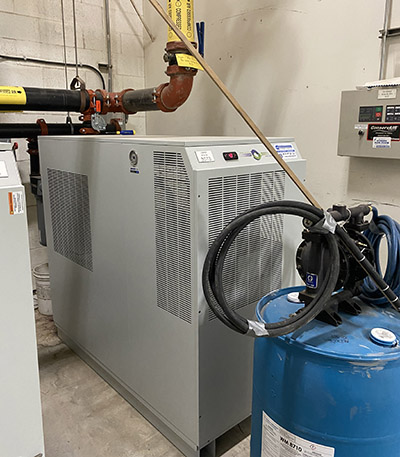
A building products company was having problems with pressure loss across its main dryers and filters. Data monitoring showed differential pressure reached as high as 18 psi, causing a large sag in plant pressure, which during peak times caused production outages. An investigation revealed that the dryer was low on refrigerant, causing the unit to partially freeze up inside, increasing the restriction to flow. This problem was quickly rectified, and the pressure problem reduced substantially. However, the total pressure loss was still reaching as high as 8 psi.
This dryer and filter differential increased the required compressor discharge pressure, causing the compressors to consume about 4% more energy during peak flows, and also the pressure loss was robbing the plant of the stored energy available in a very large receiver designed to feed short duration high demand events.
The company had a policy of having complete redundancy for its compressors, but the engineering staff hadn’t installed any backup capacity for their air dryer. Their compressed air auditor pointed out that installing an additional parallel dryer and filters would allow the square law function to work to their benefit and provide good protection in case any dryer failed.
For any compressed air component that causes a restriction to flow, reducing the flow through it will reduce the pressure loss by the square of the flow reduction. So, in this case, if a similar sized cycling dryer and filters were installed and run in parallel, the pressure loss of 8 psi would reduce to about 3 psi. Further to this, the auditor recommended mist eliminator filters be installed, reducing the total pressure loss to about 1 psi.
The reduced pressure loss saved the company about $4,000 per year in energy costs and provided some backup capacity should any one dryer fail. The local power company helped with the upgrade making the simple payback for the project under 3 years.

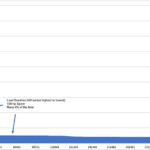
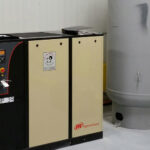
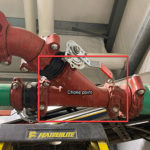
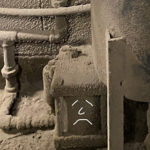
Leave a Reply